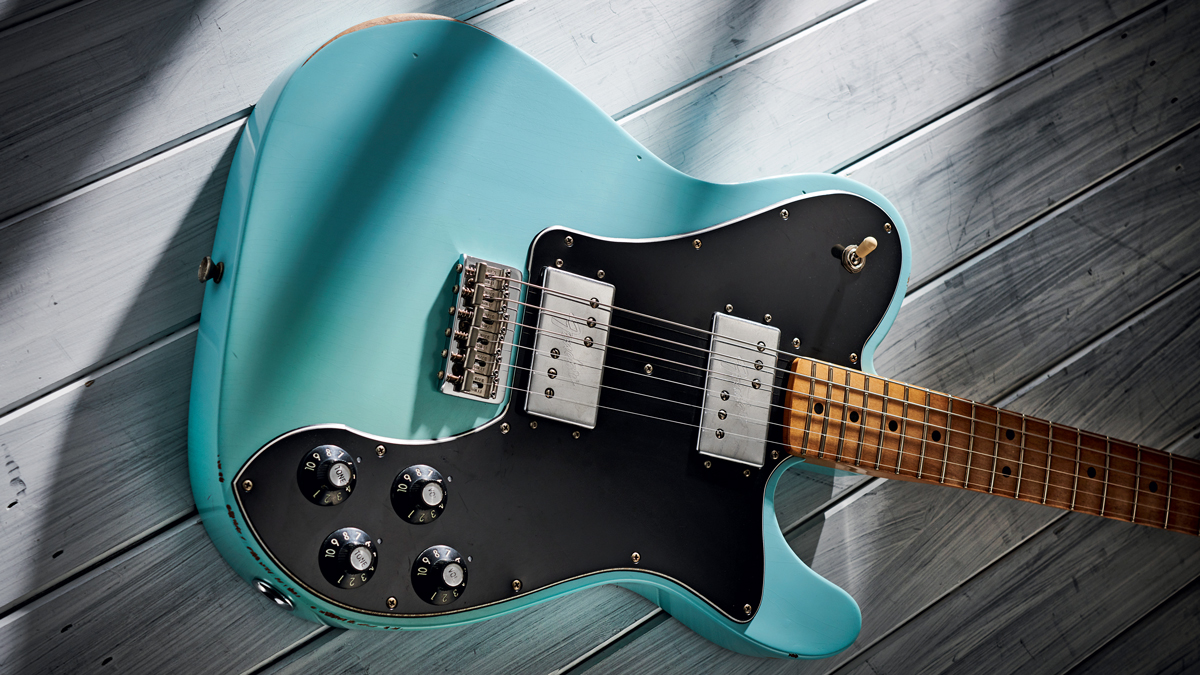Guitar World Verdict
This limited-edition, aged nitro-finished repro of Fender’s 70s-era twin-humbucker challenger to the classic Gibson style offers exceptional value, a classy feel and some truly magnificent tones.
Pros
- +
Fuss-free player.
- +
Third of the price of a Custom Shop model.
- +
Stunning range of tones.
Cons
- -
Not sure about the dulled finish and bare wood back of the neck, but many players will love it.
You can trust Guitar World
We’ve said it many times before, but Fender’s simple Telecaster platform of slab body, bolt-on neck and basic pickups, switching and controls makes it the perfect candidate for ‘pimping’.
Fender recognised this early on, with models such as 1959’s bound-bodied Custom, the Paisley, Blue Flower and Thinline of ’68, the Rosewood version from the following year, and many more.
Come the early 70s and a tougher rock movement had ushered in the new decade. This time Gibson ruled the roost and for a change Fender found itself on the back foot. So it chose the good ol’ Tele to represent its vision of a thicker-toned and more powerful instrument.
Enter the Custom and Deluxe, the former with single neck humbucker but retaining the Tele’s bridge single coil, and its double-humbucker sibling the Deluxe (as reviewed). But while both were capable guitars in their own right, they failed to set the rock fraternity on fire.

However, as has so often happened with models that missed bullseye at launch, the Deluxe and Custom would have their day. As with the Jaguar and Jazzmaster before them, these quirky Telecasters would much later find favour with indie and Brit-rock guitarists and, before that, Keith Richards.
With all this in mind, then, what better model to get the latest Road Worn treatment in Fender Mexico’s Vintera range. Evoking the vibe of Fender’s top-end Custom Shop Relics but at less than a third of the price, and despite their rather more piecemeal ageing, the Road Worns we’ve seen have been consistently impressive.
The construction is standard 70s Fender fare with its alder body and one-piece maple neck, held on by the three-bolt system prevalent in 1972 at the model’s launch.
All the latest guitar news, interviews, lessons, reviews, deals and more, direct to your inbox!
While the finish is nitrocellulose on both body and neck (the originals were polyester), Fender has chosen to dull it down somewhat and leave the back of the neck almost bereft of finish.
While we applaud the use of cellulose, we would have preferred to keep the finish gloss and the neck not so worn, but many guitarists will of course take the opposing view.
Obviously, the main thing that separated the Deluxe from previous Teles was its deployment of those humbucking pickups. Given the name Wide Range, these were designed by Seth Lover who also invented Gibson’s humbucker in 1956.
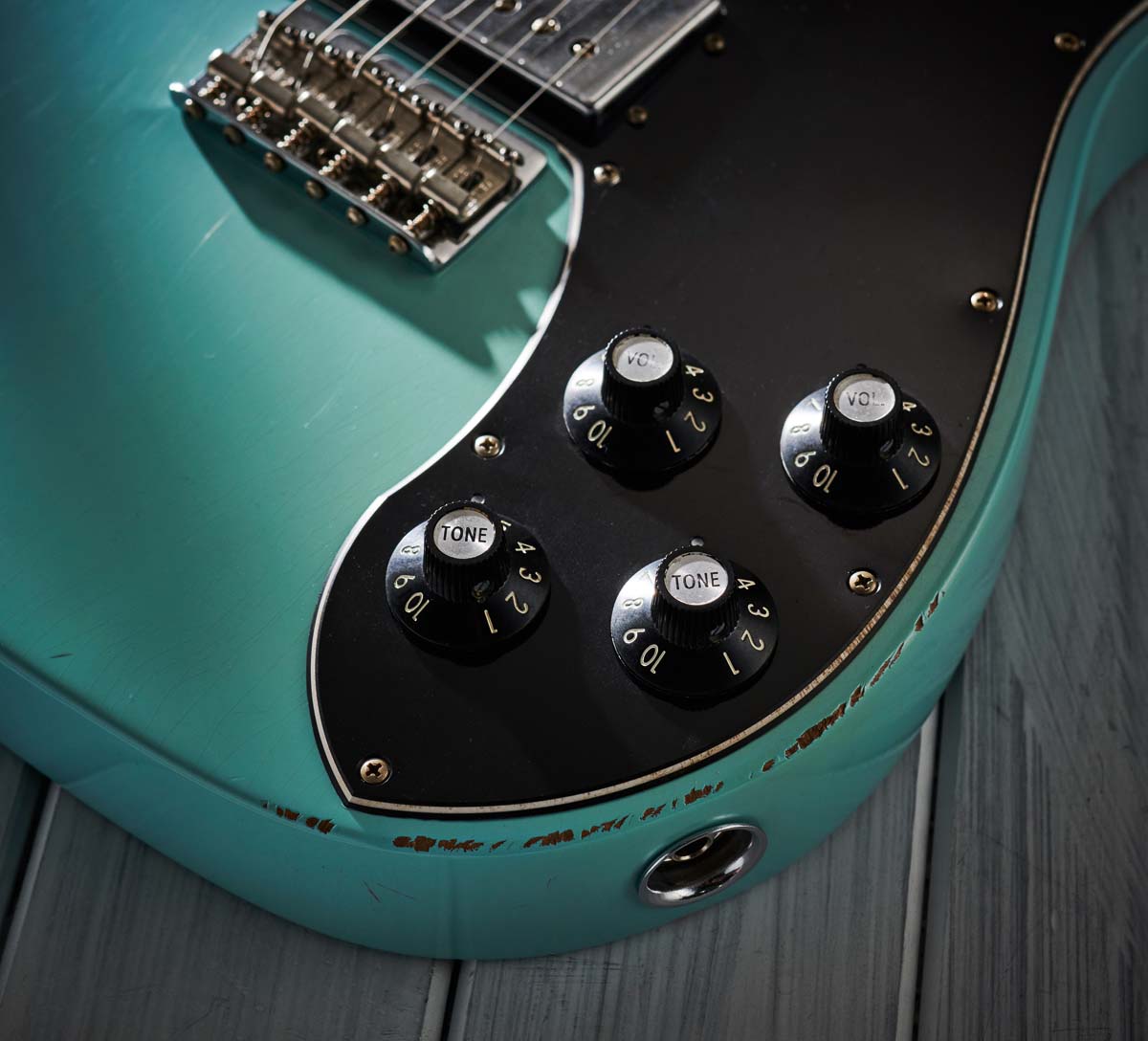
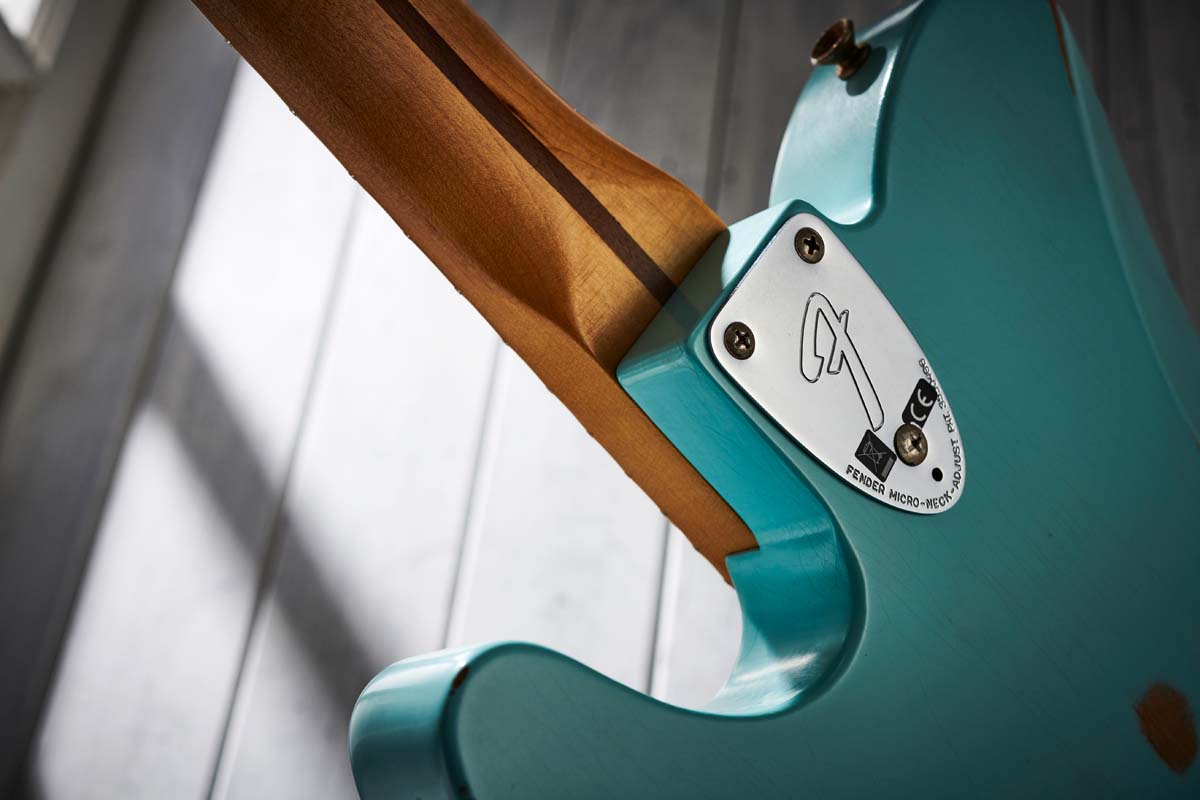
It was something of a coup for the company, and to separate them visually from Seth’s Gibson design they decided to split the polepieces with three adjustable and three hidden ‘slug’ coils either side, rather than in a single row. They were also tilt adjustable with screws at each corner. Gibson pickups are notoriously frustrating to adjust parallel with the strings; no such problem here.
Along with the change in pickups came a huge scratchplate covering much of the body, a large Strat-style headstock with protruding bullet truss-rod adjuster, a six-saddle string-through-body hardtail Strat bridge, and Les Paul-style toggle switch with a pair each of Gibson-style volume and tone controls. Round the back a big belly cut gave the new Tele almost Strat-level comfort (no forearm chamfer, though).
This total mish-mash shouldn’t have worked, but the final result was immensely pleasing. The ageing on some of the earliest Road Worns looked a little industrial, but we’ve also seen some that would rival Custom Shop Relics.
The distressing here is pretty convincing save for the overly matted finish, with both the colours available (Daphne Blue as here, and Olympic White) handling the Deluxe treatment extremely well. As you’d expect with Fender Mexico, the fit of neck and hardware is exemplary (no 1mm neck joint gap here, as was often the case with the originals).
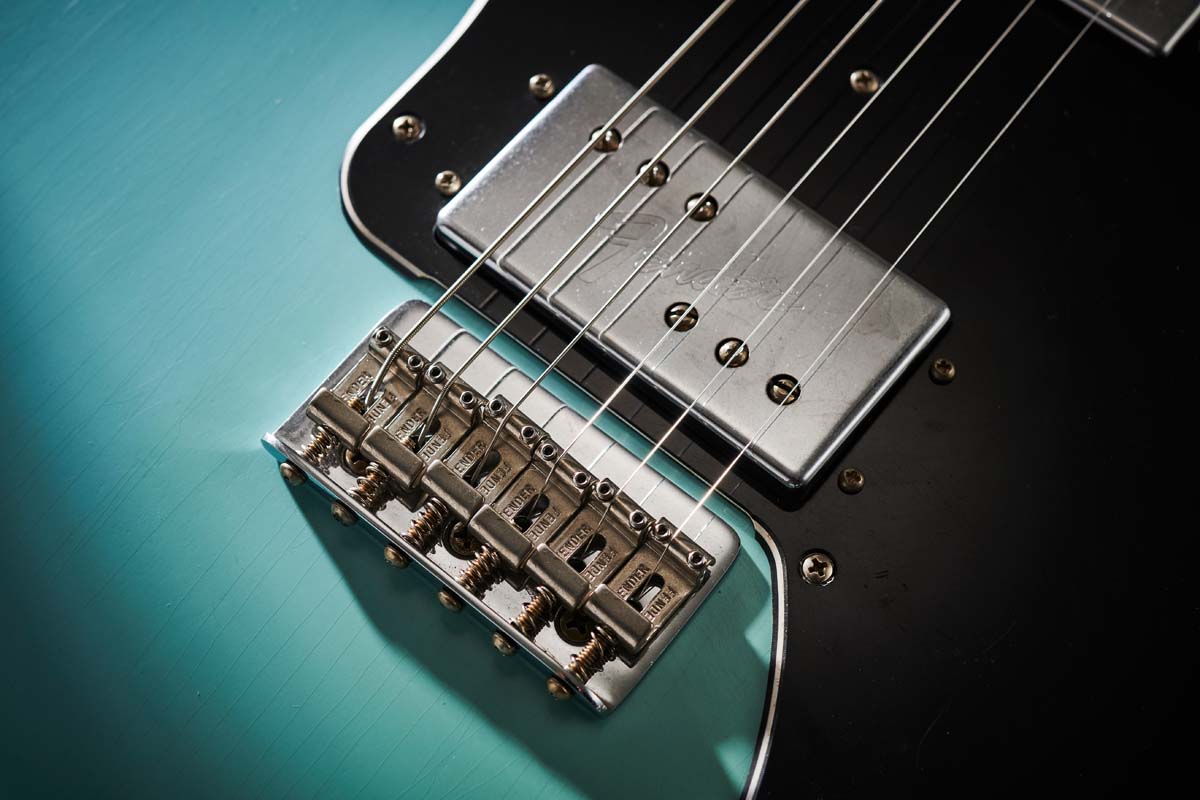
Feel & Sounds
What many people don’t realise is that the 241mm (9.5-inch) radius and medium jumbo frets found on most Custom Shop Strats and Teles, and often thought to be a ‘modern’ phenomenon, appeared on the Deluxe nearly 50 years ago.
As we know, it promotes improved string bending and vibrato, and it’s come to be many players’ favourite. Fender has aped the original’s medium C section neck, too, giving the guitar a palm-filling but nothing like bulky feel.
It has to be said that the finish-free neck glides nicely under the hand, so all in all it’s a fine and forgiving neck to play. At 3.56kg (7.85lb) it’s about average for a modern Tele, and certainly not the shoulder-crippling mass of many 70s and 80s Fenders. Having not spent time with an original Deluxe for some years it was something of a shock to discover how superb this one sounds.
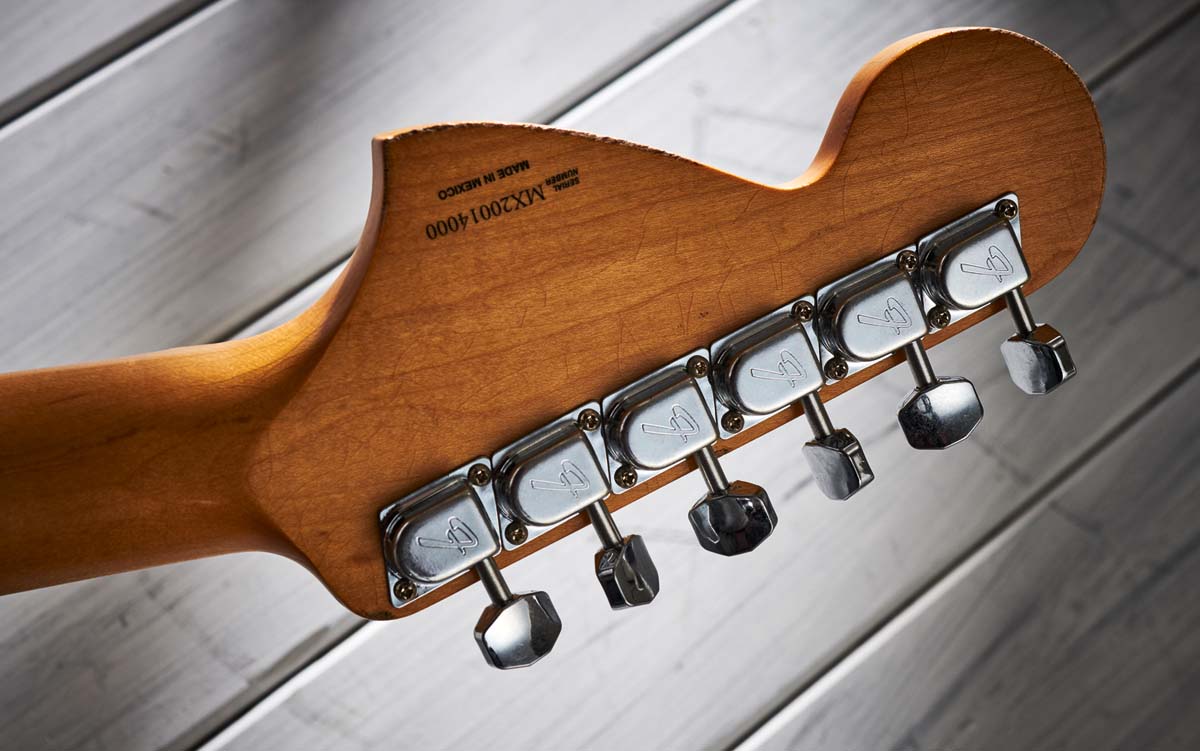
Fender has subtly revoiced the pickups for a crisper, more modern sound, and with a Custom Shop Gibson ES-335 offering an admittedly ballpark comparison, the Mexican guitar matched it at every turn. Power wise, the guitars punched at exactly the same weight, each offering chiming cleans and dark brown (RIP Eddie) leads, the Tele perhaps more focused in the mids.
Other than its playability, there was nothing to make one believe it was a Telecaster. And in any situation, either live or recording, it would certainly pass muster as a Les Paul or SG stand-in.
And with that in mind the switching and control layout will be second nature to Gibson players, the three-way toggle sitting familiarly on the guitar’s shoulder, with the four pots doing exactly what our ES-335 and all twin-humbucker Gibsons have done so well for decades.
So, funky in-between tones, the ‘both pickups on but with the neck turned down a tad’ for the Crossroads sound, ‘woman tone’ and so many more are all at your fingertips. It’s a fantastic-sounding guitar and these revoiced Wide Range pickups are a genuine triumph.
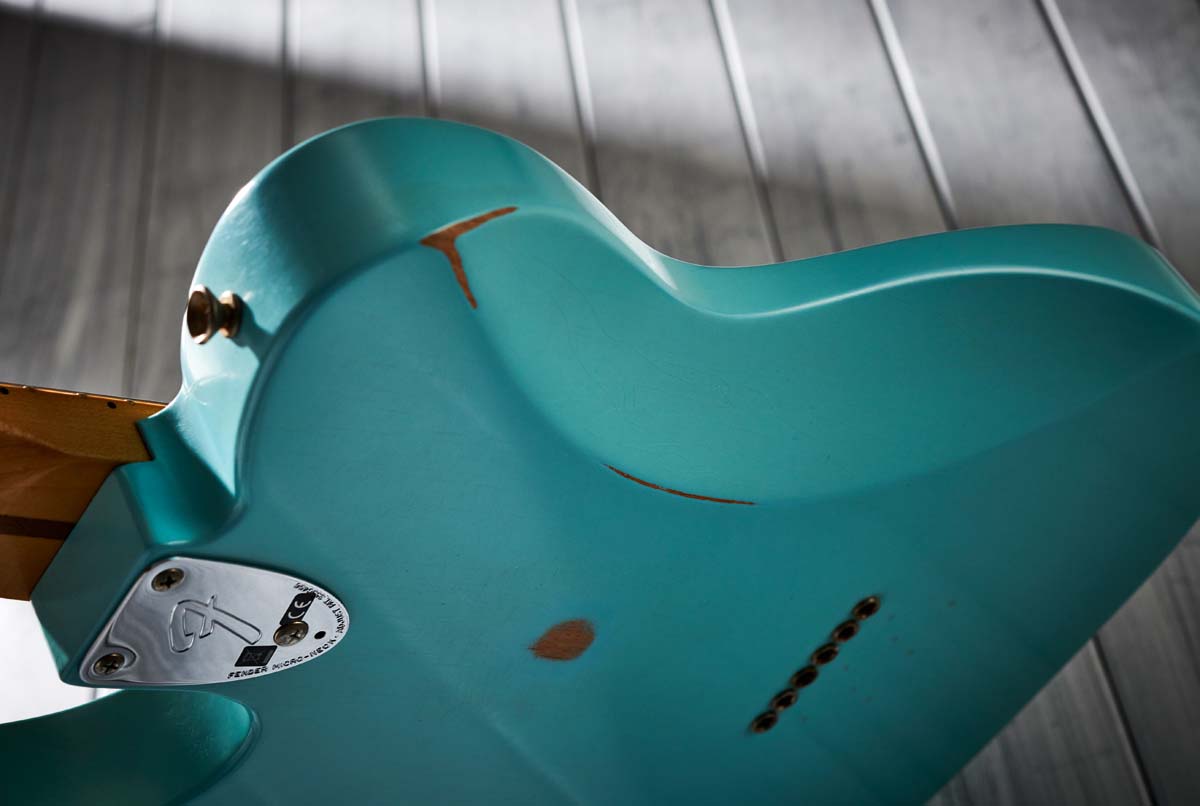
Verdict
Although the decades-old Deluxe has been a latter day success story, it’s also something of a leftfield choice and this reviewer has never really played one much in anger. So picking this one up afresh was something of a revelation.
Of course, dozens of Teles have been through these hands, with hundreds of gigs and sessions being played on one. But nothing has sounded quite like this. It’s easy to think of the Telecaster Deluxe as an instrument for jangly riffs or unsubtle chord bashing, but that would be a very narrow-minded view.
The Telecaster is such a brilliant design that it really does lend itself to almost any sensible modification
With the right amp and settings this guitar can of course be that thing, but good grief it can do so much more. The Telecaster is such a brilliant design that it really does lend itself to almost any sensible modification. The Deluxe is the result of just such tweaks, and, it has to be said, is a resounding success.
Whether you like or don’t like the matt-finish treatment and all-but-bare neck, we’d guarantee you’ll be bowled over by the guitar’s superb sounds and impeccable behaviour.
And, weirdly, while Daphne Blue is perhaps our favourite Fender custom colour, it might just work better in Olympic White. It’ll likely street for under a grand, too, so what are you waiting for?
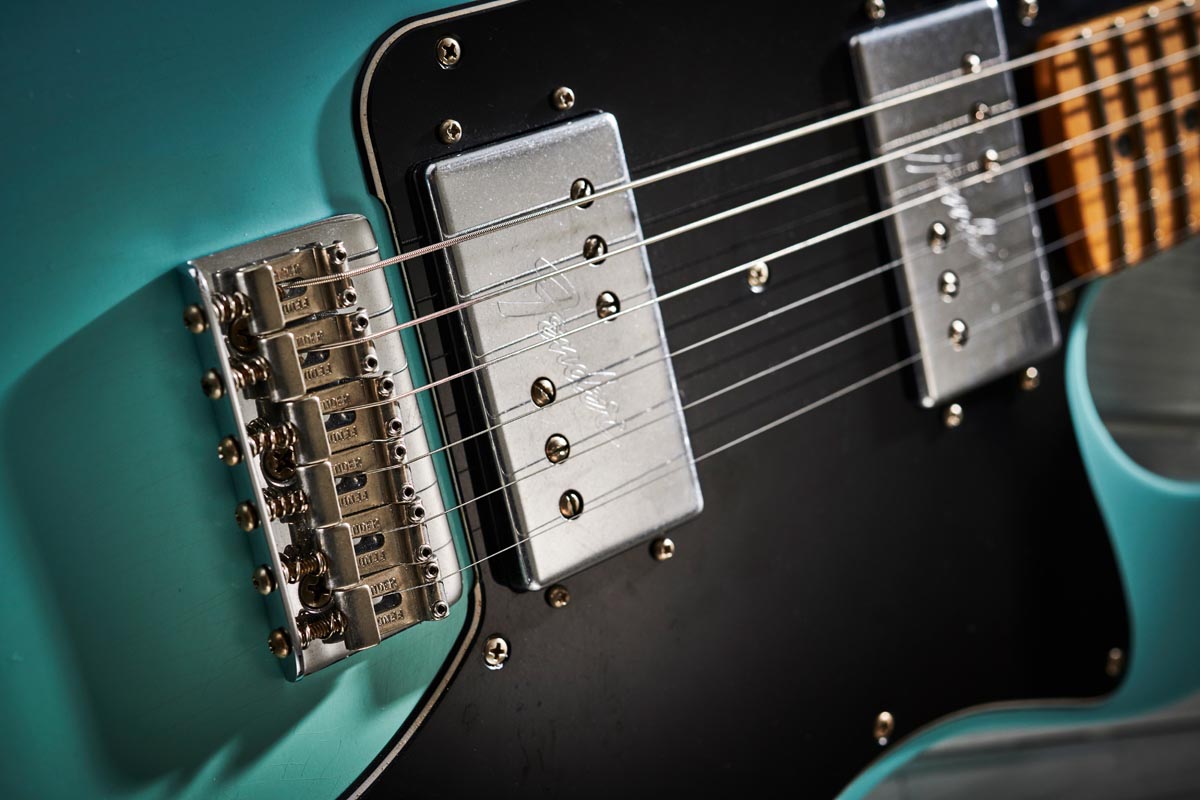
Specifications
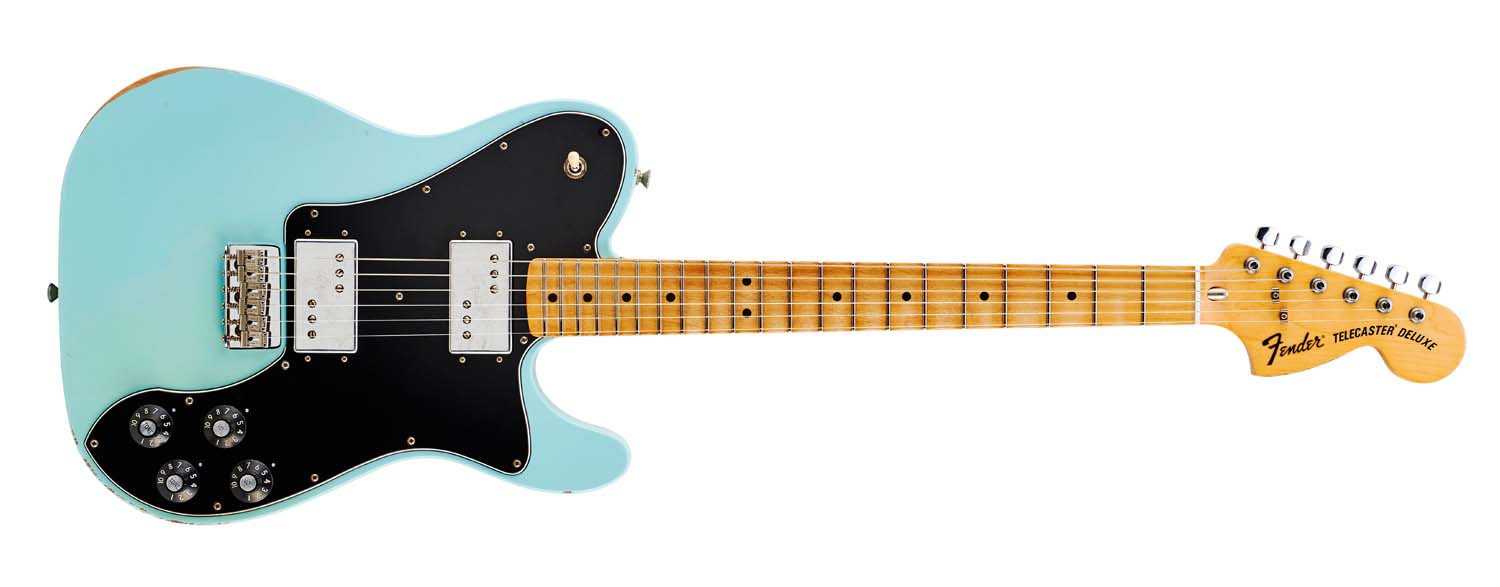
- PRICE: $1,099 / £1,099 (inc gigbag)
- ORIGIN: Mexico
- TYPE: Single-cut solidbody electric
- BODY: Alder
- NECK: Maple, ’72-style medium C profile, three screw w/ Micro-Tilt bolt-on
- SCALE LENGTH: 648mm (25.5”)
- NUT/WIDTH: Synthetic bone, 42mm
- FINGERBOARD: Maple, integral to one-piece neck, black dot inlays, 241mm (9.5”) radius
- FRETS: 21 medium jumbo
- HARDWARE: Chrome-plated Strat-style hardtail bridge withthrough-body stringing, ‘witch hat’ knobs, Fender vintage-style ‘F’-stamped tuners
- STRING SPACING, BRIDGE: 54mm
- ELECTRICS: 2x revoiced Fender Wide Range humbuckers, 3-way toggle pickup selector, individual pickup volume and tone controls
- WEIGHT (kg/lb): 3.56/7.85
- OPTIONS: None
- RANGE OPTIONS: Other Vintera Road Worns include the 50s Telecaster and the ’50s and ’60s Stratocaster – all $1,099 / £999
- LEFT-HANDERS: Not at present
- FINISHES: Daphne Blue (as reviewed), Olympic White – aged nitrocellulose
In the late '70s and early '80s Neville worked for Selmer/Norlin as one of Gibson's UK guitar repairers, before joining CBS/Fender in the same role. He then moved to the fledgling Guitarist magazine as staff writer, rising to editor in 1986. He remained editor for 14 years before launching and editing Guitar Techniques magazine. Although now semi-retired he still works for both magazines. Neville has been a member of Marty Wilde's 'Wildcats' since 1983, and recorded his own album, The Blues Headlines, in 2019.
